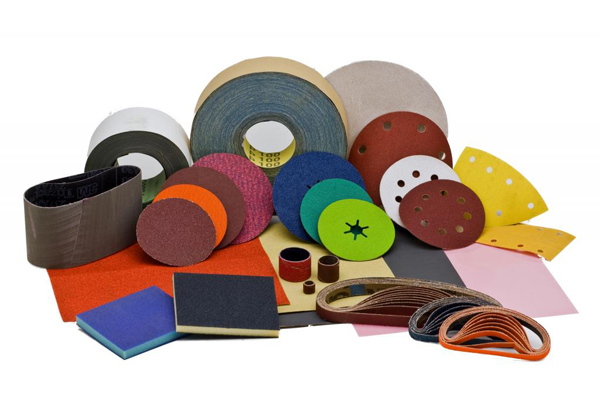
The article introduces the basic definition of an abrasive and factors that affect how quick a substance is abraded.

What is an Abrasive?
An abrasive is a material, often a mineral, that is used to shape or finish a workpiece through rubbing which leads to part of the workpiece being worn away. While finishing a material often means polishing it to gain a smooth, reflective surface, the process can also involve roughening as in satin, matte or beaded finishes.
Abrasives are extremely commonplace and are used very extensively in a wide variety of industrial, domestic, and technological applications. This gives rise to a large variation in the physical and chemical composition of abrasives as well as the shape of the abrasive. Common uses for abrasives include grinding, polishing, buffing, honing, cutting, drilling, sharpening, lapping, and sanding.
What factors will affect how quick a substance is abraded?
Difference in hardness between the two substances: a much harder abrasive will cut faster and deeper
Grain size (grit size): larger grains will cut faster as they also cut deeper
Adhesion between grains, between grains and backing, between grains and matrix: determines how quickly grains are lost from the abrasive and how soon fresh grains, if present, are exposed
Contact force: more force will cause faster abrasion
Loading: worn abrasive and cast off work material tends to fill spaces between abrasive grains so reducing cutting efficiency while increasing friction
Use of lubricant/coolant/metalworking fluid: Can carry away swarf (preventing loading), transport heat (which may affect the physical properties of the workpiece or the abrasive), decrease friction (with the substrate or matrix), suspend worn work material and abrasives allowing for a finer finish, conduct stress to the workpiece.